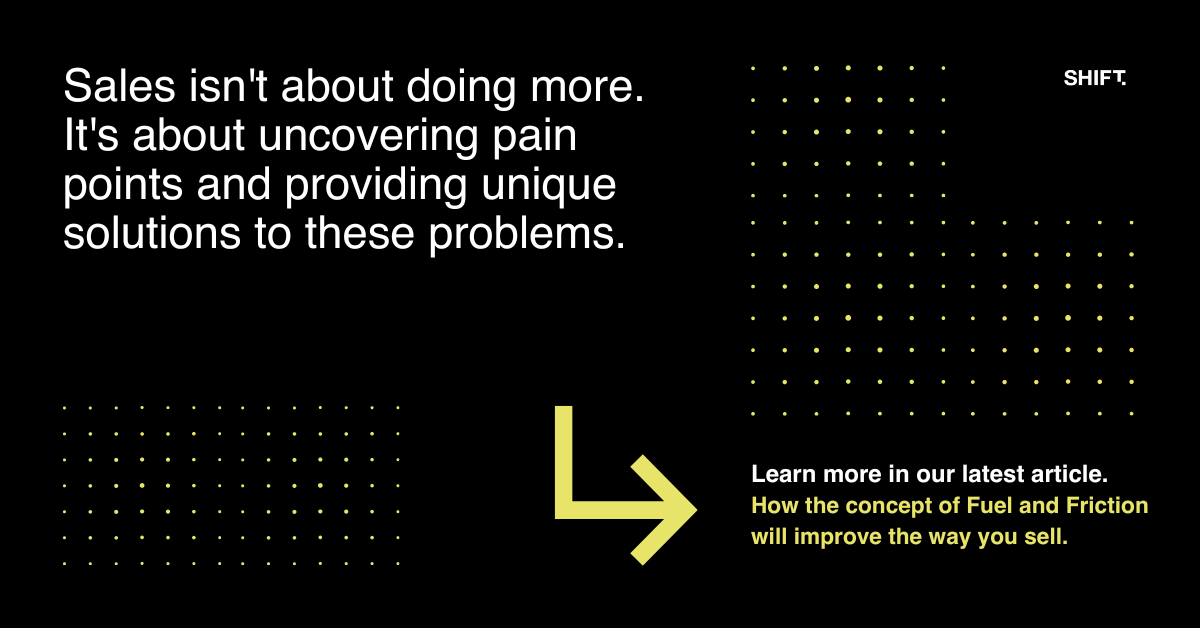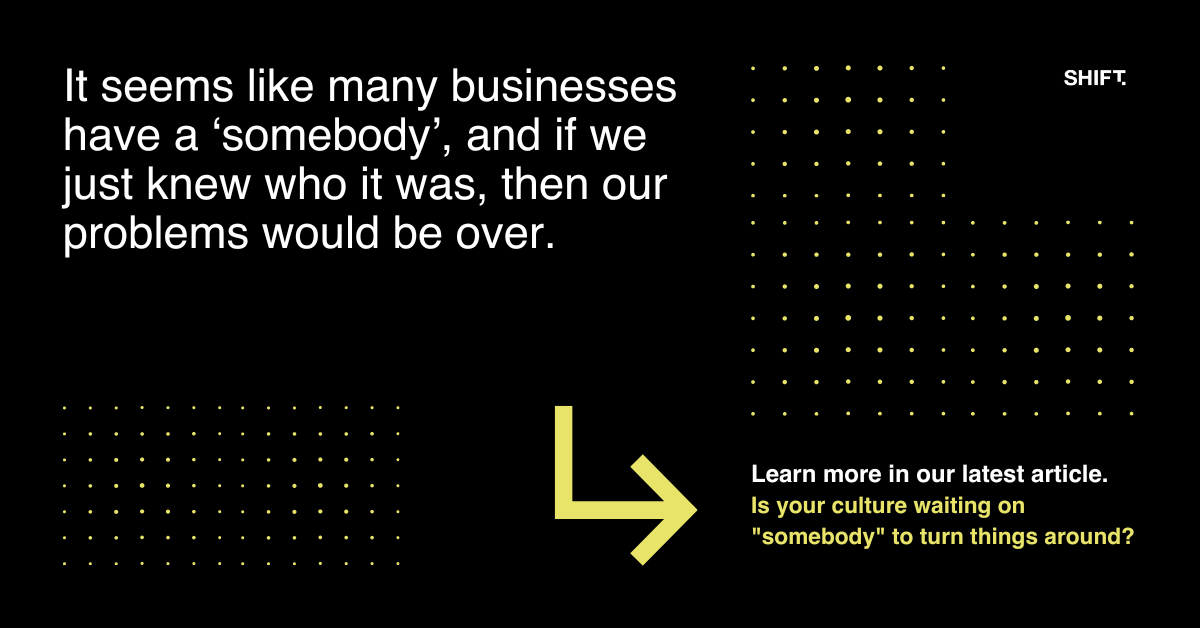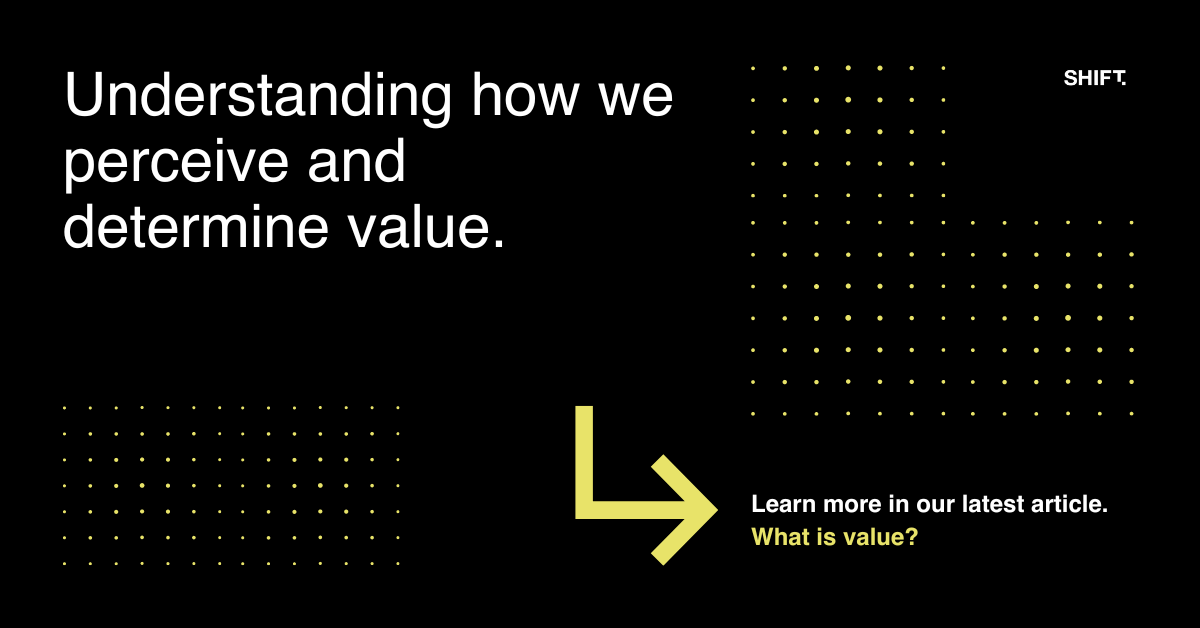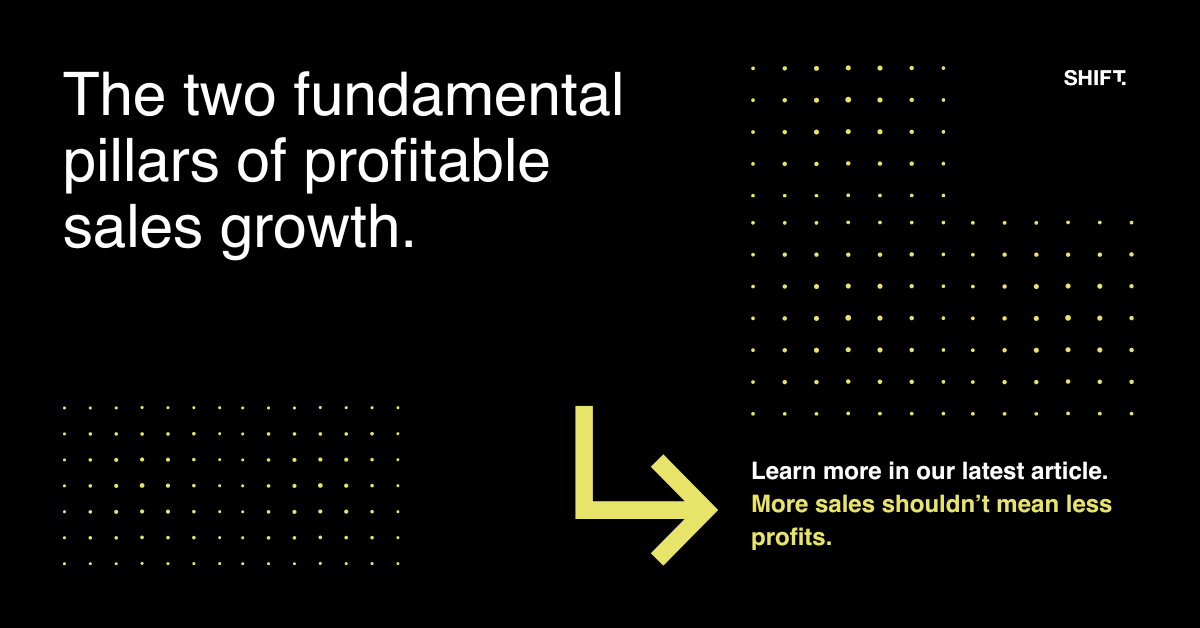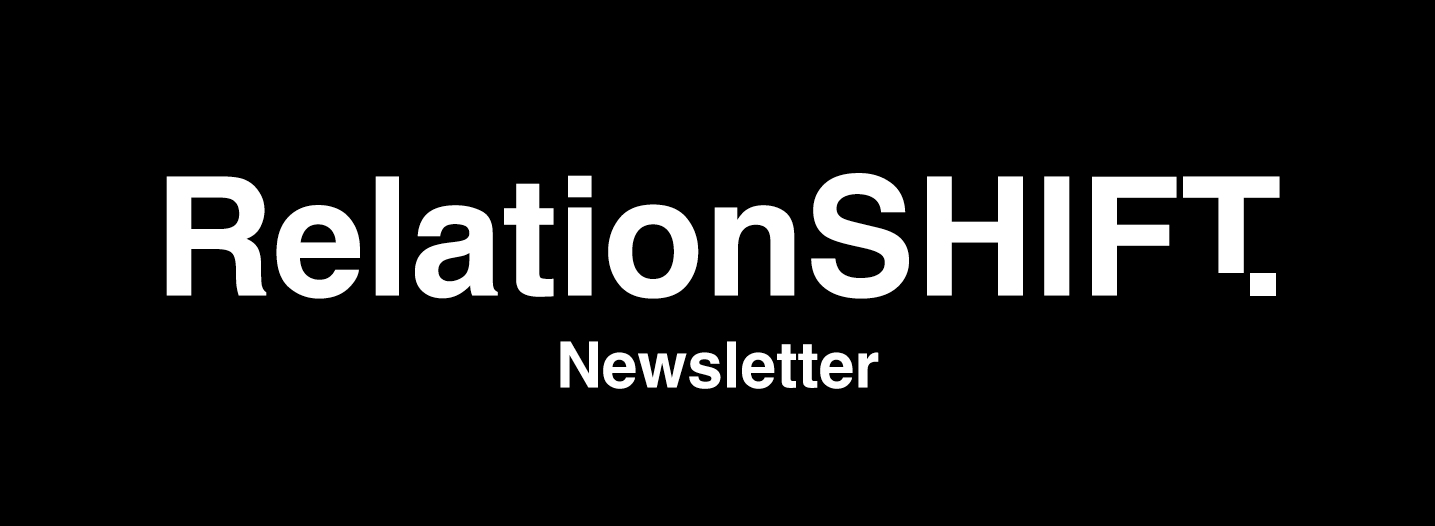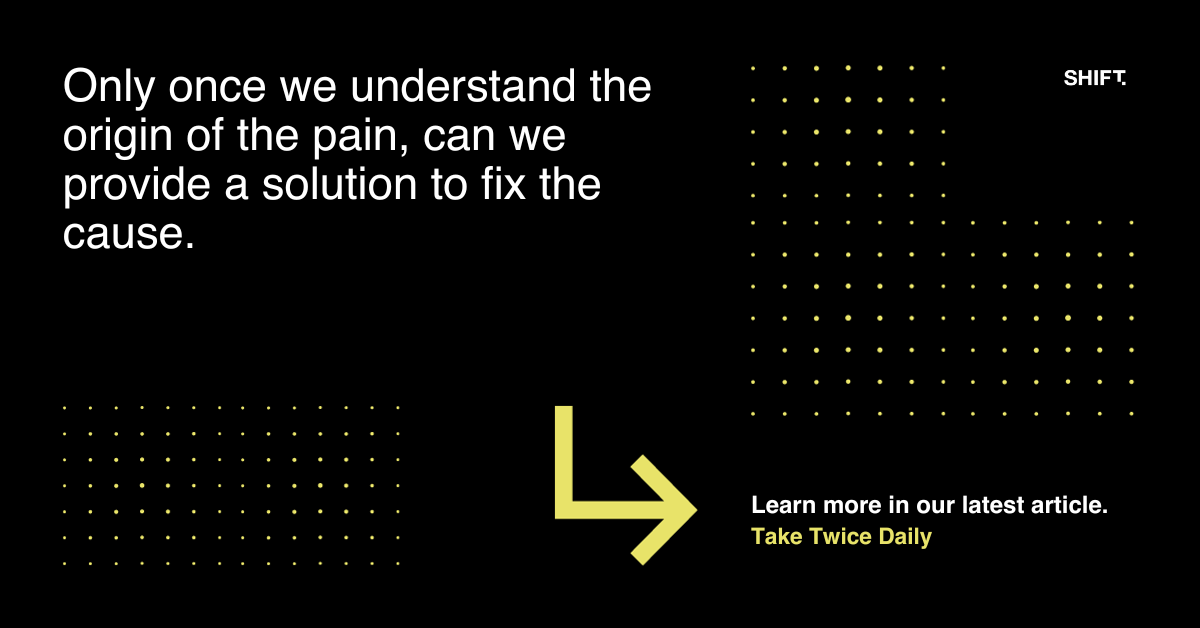The world we knew and were comfortable with has changed, parts of it possibly for good!
The way in which relate to each other, face to face is under threat and social distancing is becoming the new norm. Businesses are closing down, head offices and support centers have shut and their people are working in connected silos from home. Any businesses which are open do not want to see anybody on their premises unless they are customers and even then they may be very much on edge. This could be the script of the prequel to the first Mad Max movie, the opening scenes! But it’s not. This is our world right now!
As salespeople, it would be very easy (and understandable) for us to throw our hands in the air and say “We’re stuffed”, “We can’t do anything”, “If I can’t call on customers then there is nothing else I can do”. It would be very easy to drop our bundle, lose our shit and just crawl up into the foetal position in a dark corner. We definitely would not be alone, albeit we would have to be 1.5 meters apart!
Dr. Steven Covey, in his best-selling book ‘The Seven Habits of Highly Effective People’ documented the first habit as “Be Proactive”. Have the ability to be self-aware and be aware of what is around us. Know what is in our circle of control and influence and not get caught up in what we can’t control. To take control of our own effectiveness. He highlighted those people who get caught up in what they have no control over become reactive! They react only to the situation based on the problem ‘out there’ and believe the world is happening to them. They become victims.
His wise words are more important now than ever. There is so much change happening, faster than we can adapt to and yet when we shift our perspective and look at what is in our control we find ways to push through, to use technology and the grey matter between our ears to continue to communicate with customers. More than ever we need to look at ‘why we do what we do ’ and how this is good for our customers. Then we need to continue to tell the stories:
If you cant call on customers then perhaps you can video a weekly update on things that are important to them!
You could look at what your brand promise is, your unique service proposition (USP) and reinforce these in quick sharp sound bites or videos and send these through.
- You could develop some short sharp training videos on key topics that your customers could access as they need them.
- You could run some 15min – 30min online training sessions of which your customers could subscribe to.
- You can make a point of just checking in on each and every one of your customers to make sure they are okay.
- You could develop a new call-cycle, one that is based on effective communication without leaving your room, to keep reinforcing what your brand stands for.
These things don’t have to be perfect, just do it. The more you practice and the more you do, the better you will get at it. It is only limited by you and your attitude towards change.
There are so many things we can do as salespeople when we take initiative and work on those things we can control. Do it well and you will be ready to take on the challenges of this brave new world.
